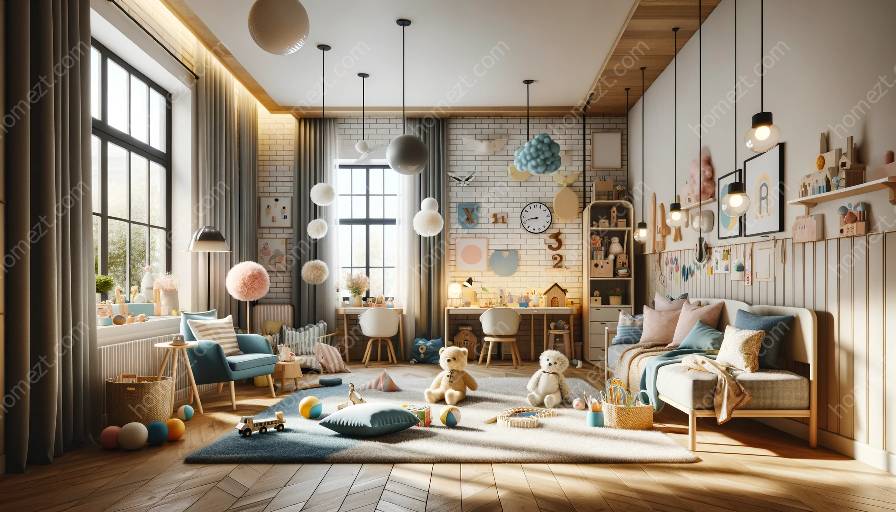When it comes to children's room design and interior styling, choosing the best materials for furniture and decor is crucial for ensuring safety and durability. This article explores the top materials that are suitable for children's room furniture and decor, offering a comprehensive guide for parents and interior designers.
Wood
Wood is a timeless and classic choice for children's room furniture and decor. It is durable, sturdy, and offers a natural aesthetic that can complement various design styles. When selecting wooden furniture for children's rooms, look for solid wood materials such as oak, maple, or birch that are long-lasting and safe for kids. Avoid furniture made of particleboard or MDF, as they may contain formaldehyde-based adhesives that can emit harmful fumes.
Plastic
Plastic furniture and decor items are lightweight, easy to clean, and often come in bright, vibrant colors that appeal to children. When choosing plastic items for children's rooms, opt for high-quality, non-toxic plastics that are free from harmful chemicals such as BPA and phthalates. Look for items that are sturdy and resistant to breakage, ensuring safety for kids during playtime.
Metal
Metal furniture and decor are known for their strength and durability, making them suitable for children's rooms. Metal can be used for beds, desks, and storage units, offering a contemporary and industrial look to the room. Ensure that metal items are free from sharp edges or any protruding parts that may pose a risk to children. Additionally, choose lead-free and non-toxic finishes for metal pieces to ensure safety.
Fabrics
Soft furnishings such as upholstered chairs, cushions, and curtains play an important role in children's room design. When selecting fabrics, prioritize natural, non-toxic materials such as organic cotton, linen, or wool. These materials are hypoallergenic and free from harmful dyes and chemicals, making them safe for children. Look for removable and washable covers for easy maintenance and cleanliness.
Glass
Glass can be incorporated into children's room design in the form of mirrors, decorative accents, or tabletops. When using glass, opt for tempered or safety glass that is less likely to shatter into sharp pieces if broken. Avoid using glass in areas where children play actively to minimize the risk of accidents. Additionally, ensure that glass edges are smooth and rounded to prevent injuries.
Conclusion
When designing a child's room, it's vital to prioritize safety and durability when selecting furniture and decor materials. By choosing high-quality, non-toxic materials such as wood, plastic, metal, fabrics, and glass, parents and interior designers can create a stylish and functional space for children to thrive in. By considering the safety and durability of materials, children's rooms can be both charming and secure, fostering a nurturing environment for little ones to grow and play.


























